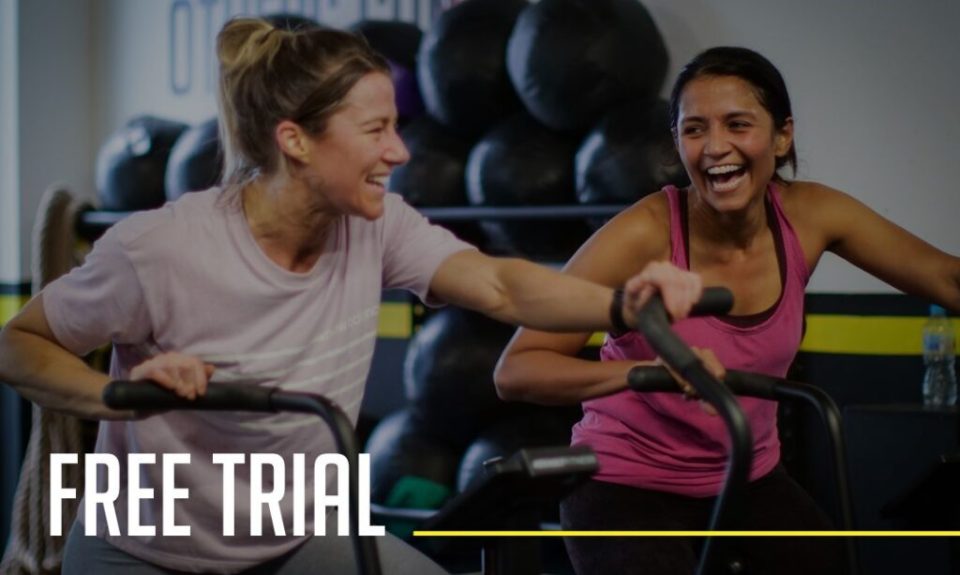Most people use their free trial to push themselves with workouts, classes, and new equipment. While this is useful, there is another perspective that can change the way you experience your trial week. Instead of only chasing intensity, use the trial as a recovery audit. This approach helps you understand how your body responds to exercise, how well you recover, and whether your lifestyle supports long-term training.
By prioritising recovery early, you create a foundation for sustainable progress without risking burnout or injury.
Sleep as Your Primary Training Block
Recovery begins with sleep. During your trial, track how many hours of rest you get after training sessions. Aim for 7 to 9 hours, but more importantly, monitor quality. If you wake up groggy or still sore, your sleep hygiene needs work.
Practical adjustments include:
-
Keeping devices away before bedtime.
-
Lowering room temperature with fans or air-conditioning.
-
Avoiding heavy late-night meals.
Good sleep is like a hidden workout, silently boosting muscle repair and energy for the next day.
Heat and Humidity, Understand Heart Rate Drift
Training in Singapore’s tropical climate means your body works harder to regulate temperature. Even in air-conditioned gyms, heat stress plays a role. Notice how your heart rate reacts to effort. If your pulse climbs higher than usual at the same pace, this is known as heart rate drift, a signal that hydration or recovery may be lacking.
Using your trial to learn these signs prepares you to train smarter, not harder.
Mobility Menu for Desk Bodies
If you work long hours at a desk, stiffness accumulates in your shoulders, hips, and spine. A free trial is the perfect chance to test how mobility work feels when added to your training. Spend 15 minutes daily on:
-
Hip openers like lunges or pigeon stretches.
-
Shoulder rotations with a band.
-
Spine mobility through cat-cow stretches.
These movements restore function, making your main workouts safer and more effective.
Low Impact Cardio that Builds Capacity
Recovery does not mean inactivity. Low-impact cardio accelerates healing by increasing circulation without adding stress. During your trial, try the stationary bike, rowing machine, or elliptical for 20 to 30 minutes at a conversational pace. These sessions improve cardiovascular endurance while giving joints and muscles a break from high strain.
Easy Strength Circuits for Joint Confidence
Instead of lifting heavy on every session, use the trial to test light, controlled strength circuits. Focus on exercises with high time under tension but low load, such as bodyweight squats, push-ups, and planks. These circuits strengthen stabiliser muscles and prepare your joints for heavier training in the future. Think of it as teaching your body to move well before asking it to move more.
Red Flags, When to Pause and Ask a Coach
Recovery also involves knowing when to step back. Watch out for:
-
Sharp or persistent joint pain.
-
Lingering soreness that lasts more than three days.
-
Disrupted sleep due to post-workout discomfort.
If you encounter any of these, pause and ask a trainer for modifications. A free trial is not about proving toughness, it is about testing sustainability.
Shaping Your Long-Term Fitness
By the end of your recovery-focused trial, you should have a clearer picture of how your body responds to stress, rest, and nutrition. Carry these lessons forward into regular training. When you join as a full member, continue balancing intensity with recovery, because that is how lasting fitness is built. With the expertise and environment of TFX Singapore, you gain the guidance needed to keep recovery as a permanent part of your fitness journey.
FAQ
Q. Can I do a free trial if I am nursing a minor injury?
Ans. Yes, but focus on low-impact sessions and inform the coach beforehand. They will provide modifications that keep you safe.
Q. How much should I sweat to know a workout is effective?
Ans. Sweat alone is not the measure. Pay attention to breath control, posture, and how quickly your body recovers after the session.
Q. Should I rest completely on recovery days?
Ans. Not necessarily. Light activities like walking, stretching, or swimming enhance recovery without overloading your system.
Q. Is muscle soreness normal during the trial week?
Ans. Some soreness is expected, especially if you are new to training. It should feel like mild stiffness, not sharp pain.
Q. How can I track recovery progress?
Ans. Use simple markers like sleep quality, energy levels, and ability to repeat movements with ease. These daily signals are more reliable than apps alone.

